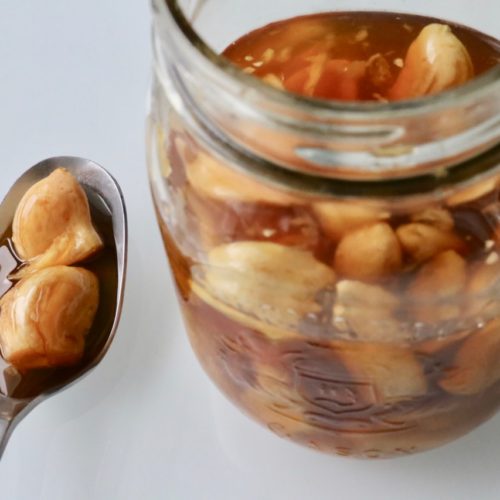In case of impossibility of restoration, the extraction or extraction of the tooth will be the treatment to be carried out. The dentist should consider the placement of a space maintainer if the extraction is of a temporary tooth and the eruption of the permanent tooth is far in time. If the extracted tooth is permanent, it will be replaced by an implant, a bridge (fixed prosthesis), or another type of prosthesis.
Types of cavities treatments
Before deciding the treatment to apply to a cavity, two aspects should be evaluated: the degree of affectation that the affected tooth presents and whether the tooth is temporary or permanent. In adolescents with permanent but still immature teeth, their treatment will also differ from adult permanent teeth with fully formed roots.
Fillings
The treatment of cavities that affect enamel and dentin without affecting the pulp or vascular-nervous tissue of the tooth is filling or filling, which will be the same in both temporary and permanent teeth.
In incipient caries that partially affect the enamel surface, the patient will be encouraged to improve their oral hygiene and a periodic clinical check-up will be carried out in the consultation.
In children with a high risk of suffering cavities, sealing of fissures will be evaluated as a method of caries prevention.
When a cavity already affects the thickness of the enamel and progresses towards the dentin, the treatment will begin with the removal of the infected tissue. Once the diseased dentin has been removed, the tooth will be restored using composite resins or composites. These composite resins or composites have practically replaced amalgam (metallic-colored fillings) in our country.
One of the most positive aspects of the composite compared to amalgam is aesthetics. The composites have a wide range of white colors that are close to the natural color of each patient and can go unnoticed. The adhesion of composites to the tooth by treating the healthy tooth surface with bonding agents has been another advantage over metal fillings.
The amalgams did not adhere to the dental tissues and techniques were used that took advantage of the expansion properties of these alloys. Retentive cavities with convergent walls were made towards the masticatory or occlusal surface that prevented the filling from falling. Within a few hours, the material expanded, which was retained in the tooth.
The drawback of this technique was the sacrifice of healthy tissue in pursuit of a retentive cavity design. On the other hand, composites respect healthy dental tissue, with less loss of tooth structure. Composites have been improving their characteristics of resistance, elasticity, and hardness. These characteristics are important in restorations of molars that are subjected to significant forces during mastication.
Root canals
When there is a deeper affectation of the tooth tissues, reaching the caries contact with the pulp. It manifests with pulpitis (nerve involvement, toothache, and inflammation of the pulp tissue), the treatment of choice, in this case, will be the root canal of the adult’s permanent tooth (killing the nerve).
The endodontic treatment is the removal of the neurovascular tissue of the dental pulp located in the pulp chamber (inside the tooth) and the ducts root of the tooth roots. Once this tissue is removed, it is replaced by a bacteriostatic material that prevents the recurrence of dental infection.
Other cavities treatments
In primary teeth, the treatment of pulpitis will be more conservative using techniques such as direct and indirect veneering, pulpotomy, and pulpectomy.
In permanent teeth with roots in formation, conservative techniques such as direct veneering, pulpotomy, and epic formation will also be used.
We will briefly explain the different pulp treatment techniques :
- Direct coating: it will be used in asymptomatic patients. It is the covering or sealing by calcium hydroxide of the vital pulp when it has been minimally exposed by trauma or by iatrogenesis when removing carious tissue. This technique can be applied to both permanent and temporary teeth.
- Indirect coating: it is carried out in asymptomatic patients. Caries-affected dentin is left to avoid pulp exposure and covered with calcium hydroxide. This technique can be applied to both permanent and temporary teeth.
- Pulpotomy: it is the removal of the pulp contained in the pulp chamber and the sealing of the root canals, not affected with a material that, generally, is calcium hydroxide. This technique can be applied to both permanent and temporary teeth.
- Pulpectomy: it is the total removal of the pulp from the coronary chamber as well as the root pulp and then filling the canals with zinc oxide eugenol. Zinc oxide eugenol is resorbable and thus facilitates resorption of the root when the permanent eruption begins.
- Apicoformation: this technique is used in permanent teeth with immature roots with clinical involvement of the cameral pulp and the pulp of the canals. Both are removed by cleaning the root canals and the pulp chamber and calcium hydroxide are introduced in their place. Once the formation of the root is completed, we will continue with the endodontics of the tooth (a technique already described previously).





